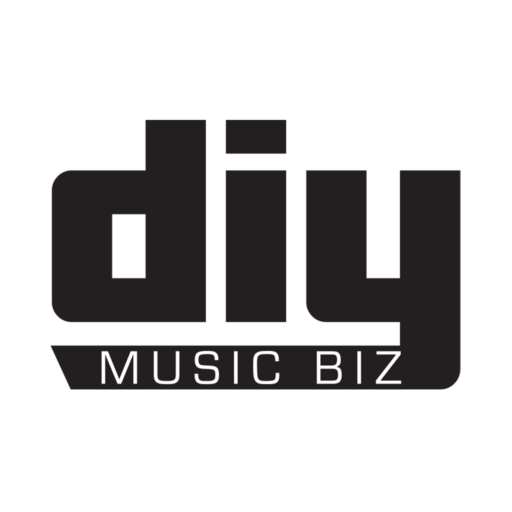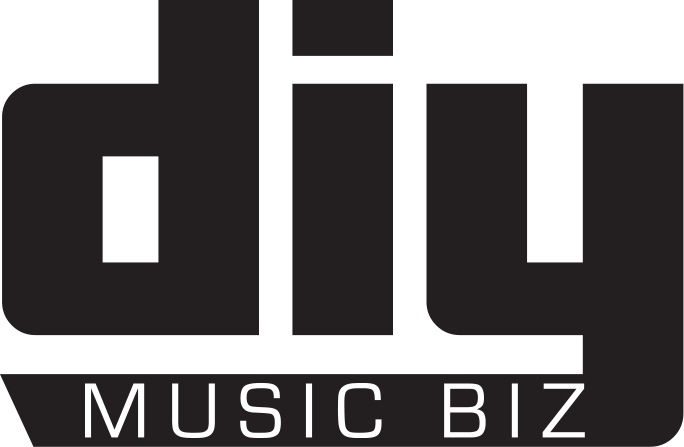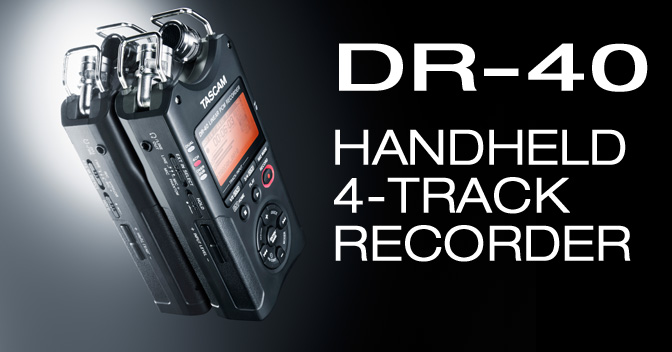In this post, I’m in a dive into the specific applications used by sound designers that’ll help with sound organization editing restoration, and mixing and mastering it.
Keep in mind, not all of these tools are needed, but they do make the work a lot easier.
Sound Organization
Name Munger: This is an excellent program for batch editing file/folder names. Most of the time, when you import sound from an external card and it keeps the name of the recorder that you were using.
For an example:
- Tascam 001
- Tascam 002
- Tascam 003
- Tascam 004
- etc
That might not be a problem for 10 or 15 sounds, but when you have hundreds of sounds and you want to rename them, batch editing is the way to go.
Audio Editing Software
Your DAW is a very powerful audio editor, but there are times when you’ll want to use a dedicated 2 track editor. This is not a must, it’s a preference. Some people work better with tools with limitations.
Audacity: This is a free multi-track audio editor that works on Mac as well as Windows computers. It supports AIFF, WAV, OGG, and MP3 formats. Loaded with fx and presets.
The GUI is a little iffy looking, but it gets the job done
Wavosaur: Another great free audio editor. It takes up less than 4 MB of hard drive space; nondestructive editing and processing. Sadly, It’s only available on Windows. This was the free sound editor I used to get more through my first few game audio projects.
SoundForge: This is Adobe’s 2 track editor. It’s equipped with a lot of stock editing tools; Eq, compression, normalize, etc. The audio restoration is quite powerful and it reads third-party plugins
Sound & Audio Restoration
Izotope Rx 4: Right now, there’s nothing better. Its audio analysis and restoration are out of this world. The two-track editors listed above all have the capability of audio repair but are not as good as RX.
This should be enough to get you going. Please let me know if you have any questions.




